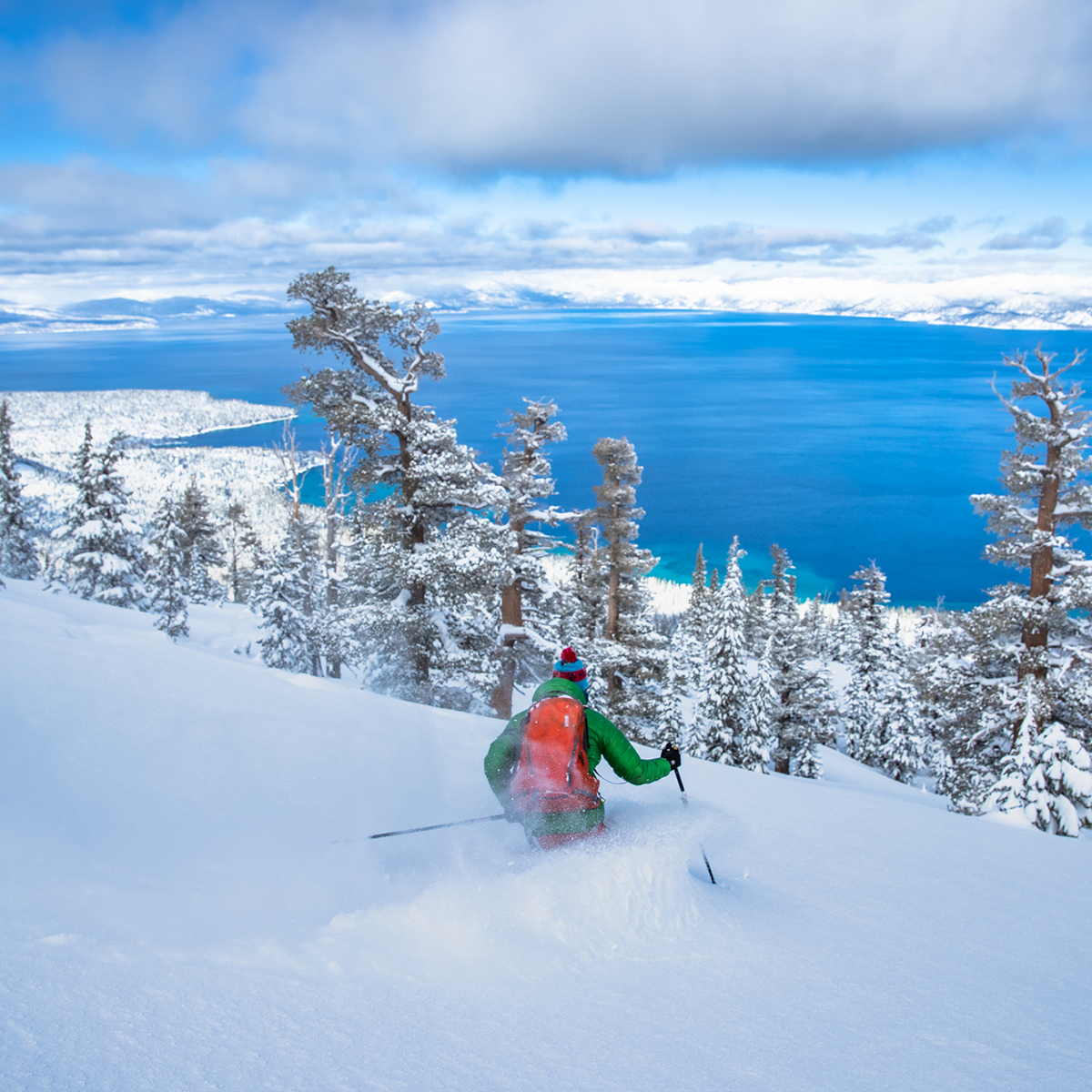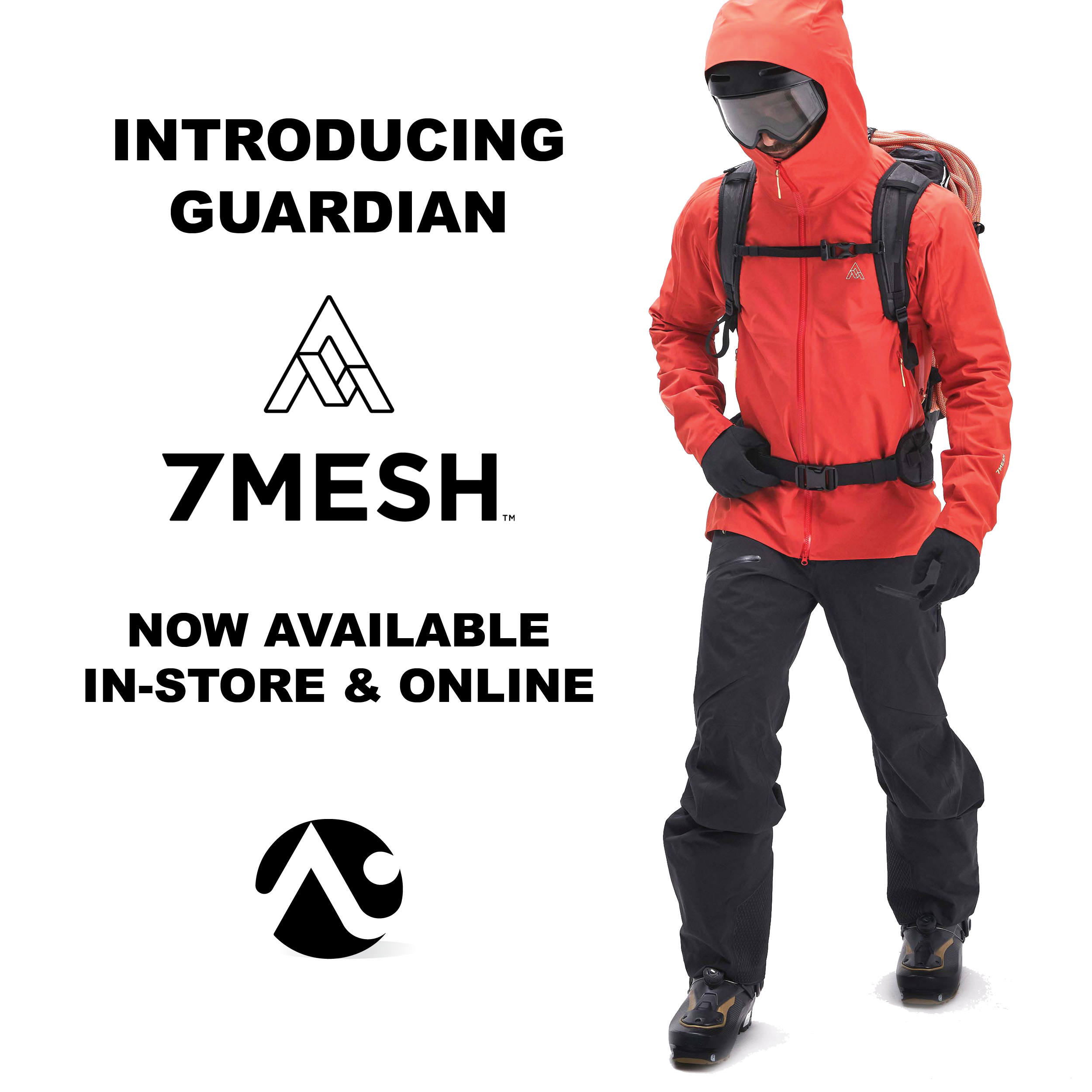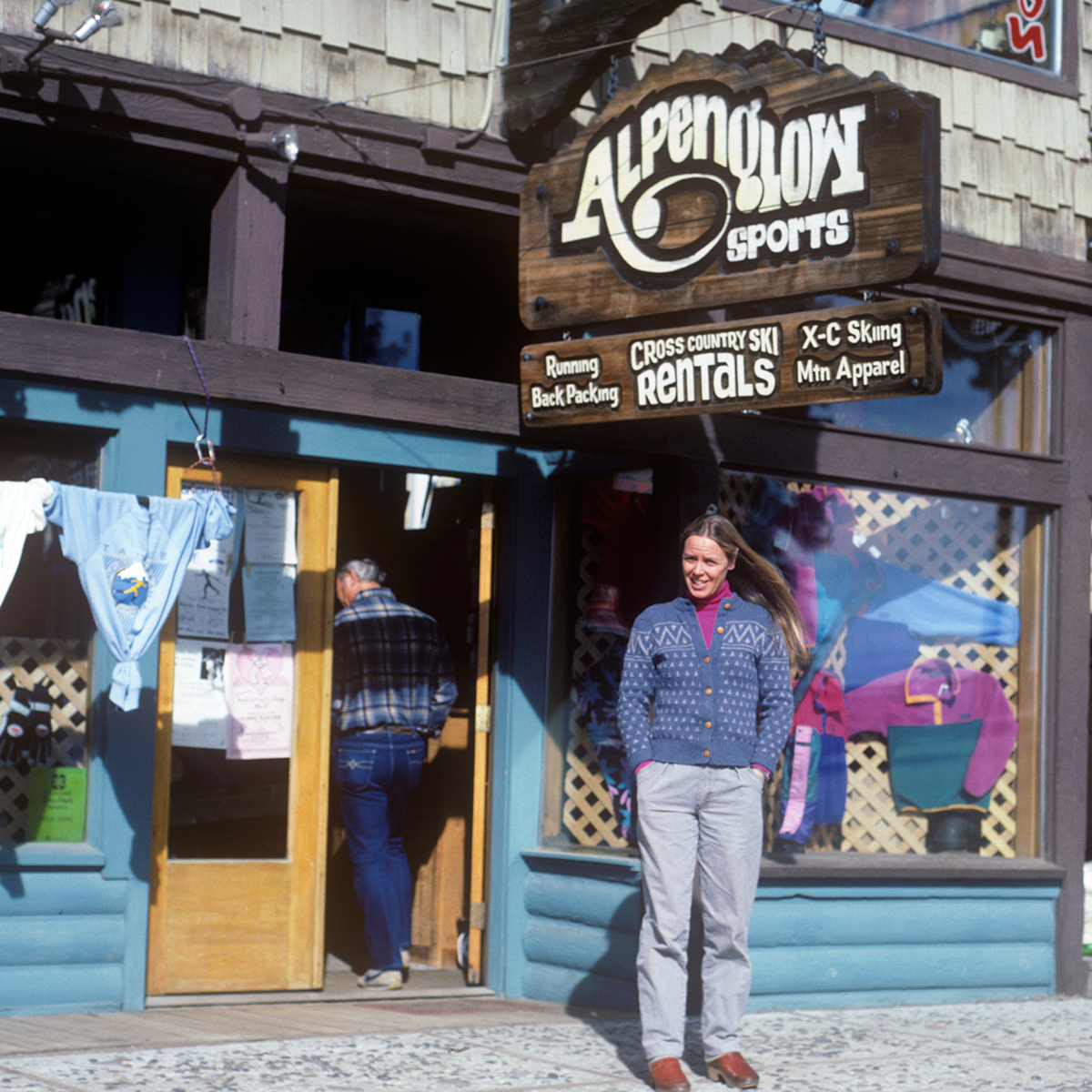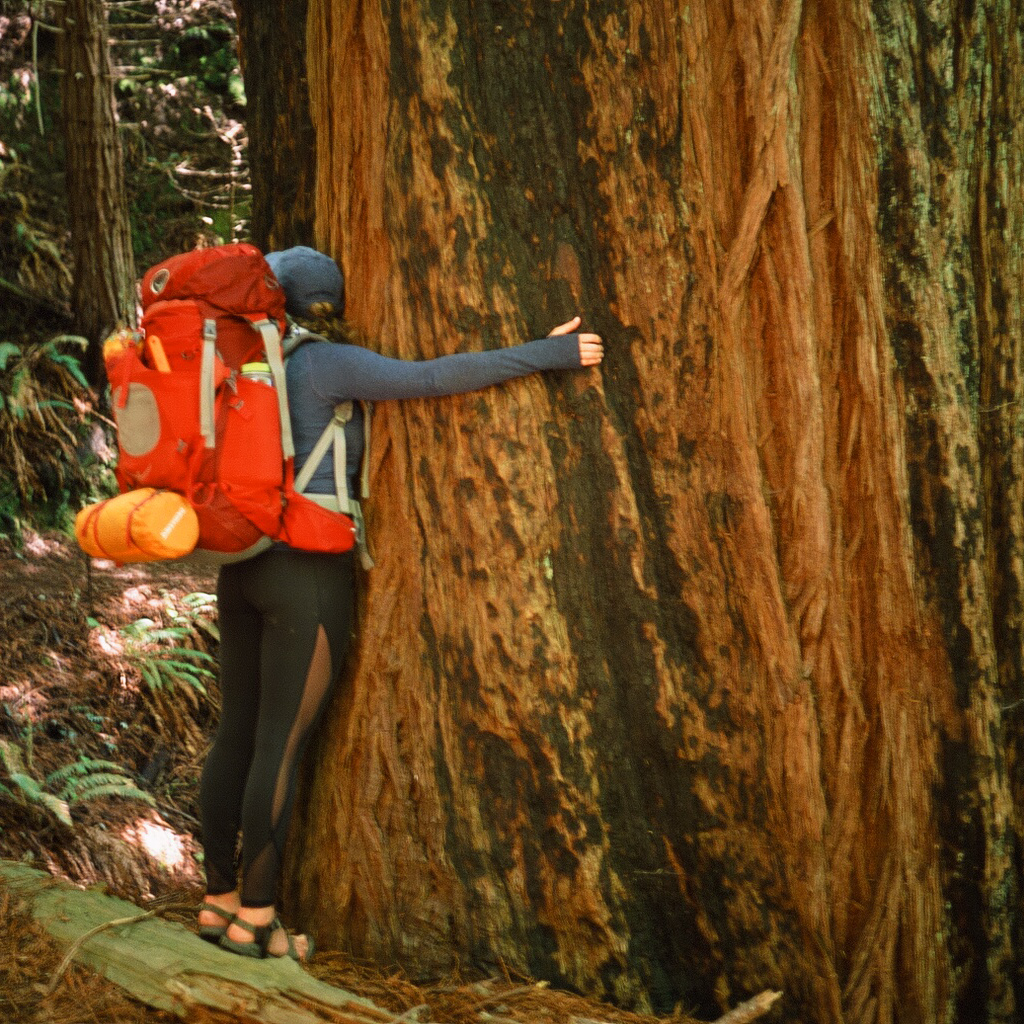Hello friends! I'm writing in the hopes of clarifying the differences between not only Birkenstock models (fairly obvious), but more importantly, footbed type, leather type, and most importantly… fit. I personally have found all of this tremendously confusing, and hope to clarify things here.
Birkenstock Construction
Construction-wise, Birkenstock is pretty cool, and definitely very old school. You can take a deep dive into the specifics HERE, but in a nutshell, it is an orthopedic-grade footbed that supports the foot in all the right places. The footbed comes in the traditional lay-up, a four-layer combination of jute (two distinct layers, both of which provide structure), a latex and cork footbed (the foundation of all the support), and a soft suede layer against the skin.
You may have seen that we carry some models with the "soft" footbed. This is the same as the traditional footbed documented above, but with an added layer of foam padding for even more comfort. You can recognize the basic footbed versus the soft footbed by just price alone - the regular is $130 while the soft is $140. However, this isn't 100% accurate, as we have some soft footbeds that are $145, which is driven by the type of leather used in the upper (generally full-grain "nubuck" leather, the highest end cow leather out there).


Birkenstock Fit
In regards to fit, nearly every Birk model, except for the very obviously feminine models, comes in BOTH regular and narrow. This sounds simple, but it isn't. However, in general, you can read regular as men's and narrow as women, and the boxes call out specifics as to what width the model is. Here is an example of both regular and narrow, edited with call-out arrows and text overlays.


When shopping at Alpenglow Sports, you’ll see that I've taken the liberty of labeling the boxes in our traditional green (men) and red (women) but ADDED the width as R for regular and N for narrow. If they are "tweener" EU sizes, I've noted the men's and women's size for ease of use. Side note, and foreshadowing what comes later in this article, if you can read the small print, you'll see they break the full construction down by insole, footbed, upper and sole.
Birkenstock Sizing and Width
In our experience, your Birkenstock size will be one full size smaller than your US shoe size. Our hardgoods buyer Jeff shares that, "99% of the time the smaller size is the correct fit."
Because Birkenstock uses EU sizing, the "width" of a men's or women's choice isn't always a binary option. For instance, a woman with a long foot might migrate towards the "men's" size number, which generally is accepted to be EU 41-47. Conversely, a man with a small foot might migrate to the women's numerical scale, which is generally accepted to be 35-40. 40-41 is the great gray area. And this is where it gets fairly confusing - as mentioned above - most models come in both regular and narrow. So a woman with a wide foot might need a regular, but she could fit a narrow (if we have her length), and a man with a small foot could also go either way…. And the complete opposite holds true too. Perhaps the best way to simplify here is that we only stock BOTH widths in the most popular models: currently the Arizona Taupe/Suede and eventually the Boston (currently only stocked in regular but narrow is coming in women's sizes).
Here is a generalized Fit Guide that Birkenstock provides. I'd encourage you to try on different models to see how they fit. Please share your feedback with us as you try different sizes and widths so we can continue to deepen our understanding! In my experience there is a very pronounced difference, for instance, between the EVA and regular models.
Birkenstock Color Options:
This is where I find things to be tremendously confusing. You'll see that we offer a litany of models in a fair amount of not only color choices, but leather types. And oftentimes color is predicated by leather type, but not always. Why a German company is so confusing is besides me.
Here is a breakdown of Birkenstock color options:
Arizona $130: taupe and oiled leather habana and black
Arizona Soft Footbed $145: oiled leather habana and velvet grey suede
Boston Soft Footbed $160: taupe and mocha
Gizeh Regular $130: tobacco, faded purple, and black oiled leather
-
Florida Regular $145: tobacco oiled leather
Ironically, while a women's model, this only comes in regular.
-
Mayari Regular $130: tobacco
While a women's model, this only comes in regular.
Birkenstock Leather Options:
Here is a breakdown from Birk regarding their three different leather types:
-
Suede:
Suede is a highly versatile leather with a visible surface nap, giving it a textured, naturally decorative finish. Its soft, velvety feel lends each style an instantly classic look while keeping the foot comfortable.
-
Nubuck:
Nubuck is crafted out of the best quality leather by gently buffing the top grain, giving it a softly brushed outer surface. A luxe-looking leather with a smooth, velvety touch, nubuck is especially durable and easy to care for.
-
Oiled:
A favorite for its distinctly heritage look, oiled leather is treated with oil and wax for a two-toned effect. Crafted so no two pairs are exactly alike, this leather is designed to age beautifully with wear.


Birkenstock Synthetic Leather
And now we arrive at the synthetic materials. These are an excellent option for animal rights advocates, on top of being budget conscious with models in the $110 and $99 range. Having said that, their nomenclature is tough but you can take a deep dive HERE in regards to leather/synthetic materials.
Here's the breakdown, to the best of my understanding.
-
Birko-Flor:
Created exclusively by BIRKENSTOCK, Birko-Flor® is a durable and easy-to-clean synthetic material, designed to sit comfortably against the skin.
-
Birkibuc:
Birkibuc manages to almost perfectly replicate the look and feel of nubuck leather. This durable synthetic material not only looks like its natural counterpart, but is lightly brushed to feel like it, too.
-
EVA:
The Birkenstock EVA sandals are made from something called ethylene vinyl acetate. EVA is a super lightweight and flexible material and is your standard running shoe foam. It feels a bit like foam and so Max calls them "BirkenCrocs." These are the least expensive at $50.
Perhaps the best illustration between the synthetics and actual leather is to compare the Gizeh in oiled leather ($130) versus the Gizeh or Arizona in Birko-Flor ($99) versus the Gizeh in Birko-Flor Birkibuc ($99). Why there is a Birko-Flor versus Birko-Flor Birkbuc is anyone's guess… Maybe they're the same?
So that's that! I still can't say I'm 100% confident on all the variations but I hope this helps you a little bit. When you're at Alpenglow Sports next, try on a few Birkenstocks to see what fits.




















Leave a comment
This site is protected by hCaptcha and the hCaptcha Privacy Policy and Terms of Service apply.